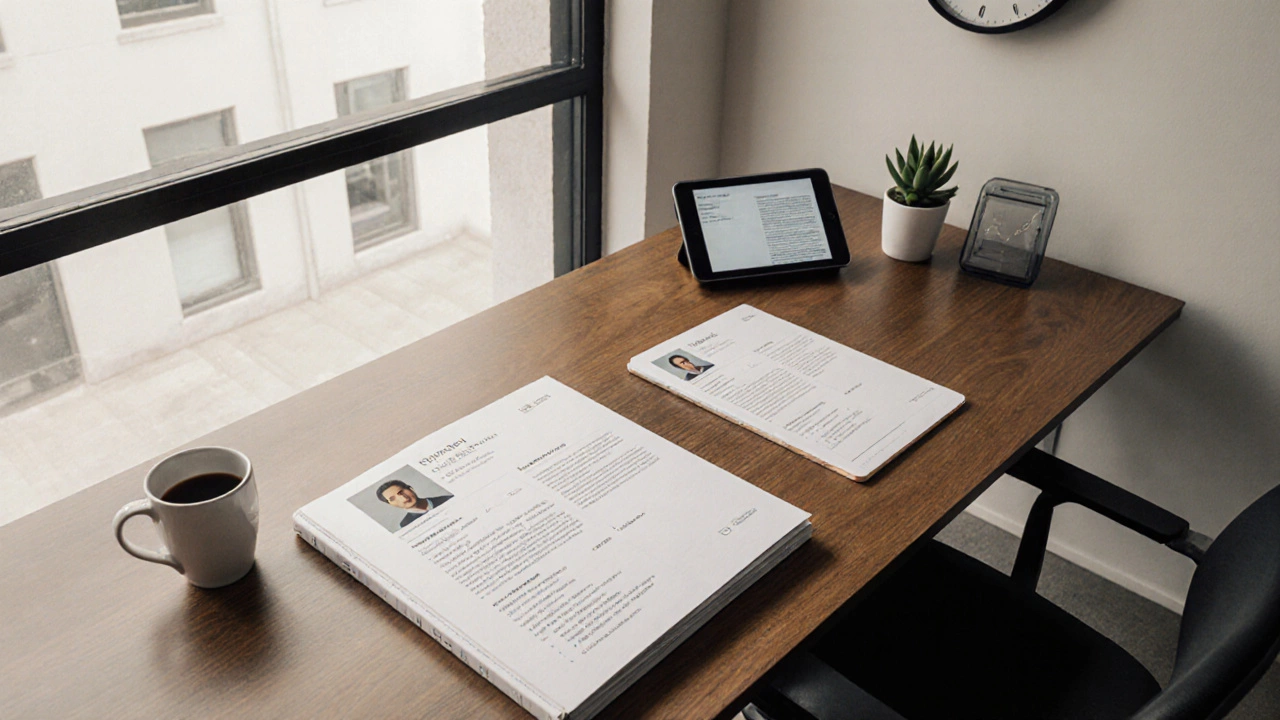Artist Portfolio Guide
When building an Artist Portfolio, a curated collection of an artist's best work that showcases style, skill, and range. Also known as artistic portfolio, it serves as a visual résumé for galleries, clients, and collaborators. A strong portfolio artist portfolio tells a story, proves competence, and opens doors.
One key component many creators overlook is Portrait Painting, the practice of capturing a person's likeness and character on canvas. Portrait work demonstrates mastery of anatomy, lighting, and emotion, making it a powerful proof point for any visual artist. Including a few well‑executed portraits can turn a generic showcase into a compelling narrative about how you handle human subjects.
Another cornerstone is Oil Painting, a medium celebrated for its depth, texture, and long drying time. Oil techniques such as glazing, impasto, and the spatula method show a painter’s command over color modulation and surface dynamics. When you present oil pieces alongside other media, you signal versatility and a willingness to tackle demanding processes.
Adding three‑dimensional work like Sculpture, objects carved, cast, or assembled to occupy real space expands a portfolio’s visual language. Sculpture brings depth, scale, and tactile experience, which can be especially appealing to curators looking for immersive installations. A mixed‑media portfolio that spans flat and volumetric works shows you can think beyond the canvas.
Don’t forget Fine Art Photography, photographic images created with artistic intent, often printed as limited editions. High‑quality prints demonstrate an eye for composition, light, and conceptual depth without the need for paint. Including photographic series can illustrate how you translate vision through lenses as well as brushes.
How These Elements Connect
Artist portfolio encompasses portrait painting, because a strong portrait reveals personal storytelling ability. Artist portfolio requires oil painting techniques to prove technical skill and patience. Sculpture adds three‑dimensional depth to an artist portfolio, making it more immersive. Fine art photography complements the collection by showcasing mastery of light and composition. Together, these disciplines create a well‑rounded representation of creative capability.
The articles below dive into each of these areas: a beginner’s guide to portrait painting, step‑by‑step oil painting tips, how to price a sculpture, and what defines fine‑art photography today. Whether you’re just starting out or looking to refresh your showcase, you’ll find actionable advice, common pitfalls, and trend insights that help you craft a portfolio that stands out in today’s art market.
